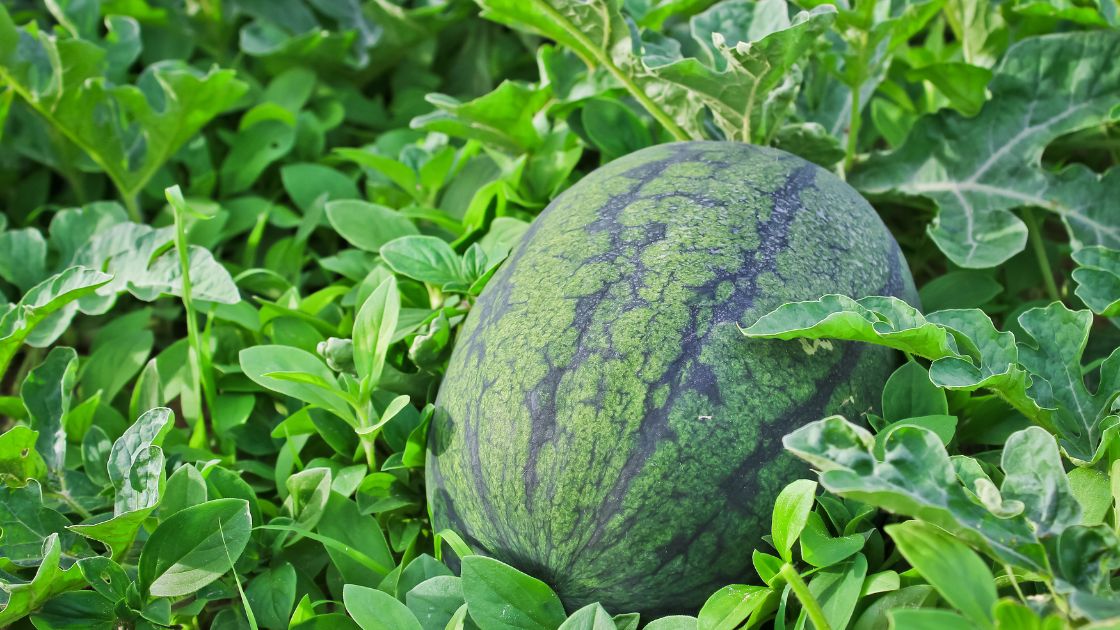Have you ever imagined sinking your teeth into a juicy, sweet watermelon that you’ve grown in your very own backyard? The satisfaction of nurturing a tiny seed and watching it transform into a flourishing, bountiful fruit can be unmatched. In this article, we will guide you through the process of planting and growing watermelon, so you can enjoy the delightful taste of summer right at your doorstep!
How to Plant Watermelon Seeds
Planting watermelon seeds may seem like a daunting task, but fear not! With the right approach, you’ll be well on your way to a successful harvest. Here’s a step-by-step guide to get you started:
- Choose the right location: Watermelon plants thrive in warm and sunny locations, so find a spot in your garden that receives at least 6-8 hours of direct sunlight.
- Prepare the soil: Ensure that your soil is well-draining, fertile, and rich in organic matter. Watermelons also prefer a slightly acidic soil with a pH level between 6 and 6.8.
- Sow the seeds: Dig a small hole, approximately 1 inch deep, and place 2-3 watermelon seeds in each hole. Space the holes about 3-4 feet apart to allow ample room for the vines to spread.
- Water and protect: Gently water the seeds and cover them with soil. Maintain moist soil throughout the germination period. To protect the seeds from birds and pests, you can cover the planting area with a light netting or row cover.
- Thin the seedlings: Once the seedlings have sprouted, thin them out, leaving only the healthiest plant in each hole. This ensures that the remaining plant has sufficient space and nutrients to grow.
How to Care for Watermelon Plants
Watermelon plants require attentive care to thrive and yield delicious fruits. Follow these essential tips to nurture your watermelon plants:
- Regular watering: Watermelons have high water requirements, especially during hot summer months. Water the plants deeply, providing approximately 1-2 inches of water per week, ensuring that the soil is consistently moist but not waterlogged.
- Weed control: Keep the planting area free from weeds, as they compete for nutrients and moisture with the watermelon plants. Regularly remove weeds by hand or use organic mulch to suppress their growth.
- Fertilization: Watermelons are heavy feeders and benefit from regular fertilization. Apply a balanced organic fertilizer once every three weeks, following the package instructions for proper dosage.
- Support for vines: As the plants grow, provide support for the vines by gently training them along a trellis or sturdy wire fence. This prevents the fruits from resting on the ground, reducing the risk of rot and pest damage.
Read More:
Harvesting and Enjoying Your Watermelons
The moment you’ve been waiting for is finally here – harvesting your homegrown watermelons! But how do you know when they are ripe and ready to be enjoyed? Here are a few indicators:
- Thumping: Gently tap the watermelon; if it sounds hollow, it’s a good sign that it’s ripe.
- Color: Look for a deep, rich color on the bottom side of the watermelon. A yellow or cream-colored appearance indicates ripeness.
- Curling tendril: Check the tendril closest to the watermelon. If it’s dry and brown, the fruit is usually ripe.
To harvest the watermelon, use a sharp knife or pruning shears to cut the fruit from the vine, leaving a few inches of stem attached. Store your harvested watermelons in a cool, dry place or refrigerate them to keep them fresh and delicious.
Conclusion: A Rewarding Journey to Watermelon Harvest
Growing watermelons may take some patience and effort, but the rewards far outweigh the challenges. From planting tiny seeds to nurturing the plants, the experience of growing your own watermelon is truly remarkable. So, take the plunge and embark on this fruity adventure – soon, you’ll be indulging in the mouthwatering sweetness of homegrown watermelons that will refresh your taste buds and bring joy to your summer days.





